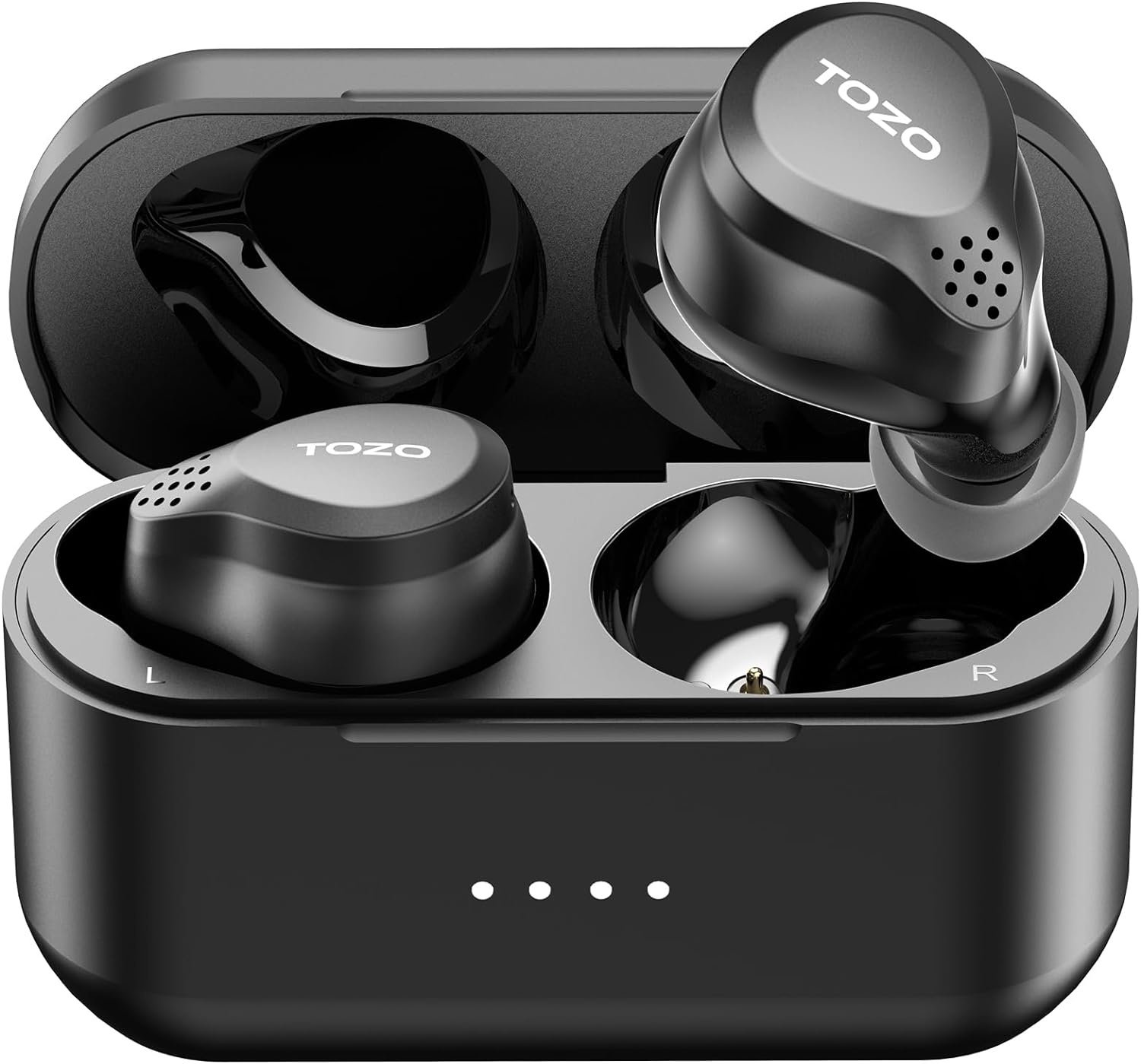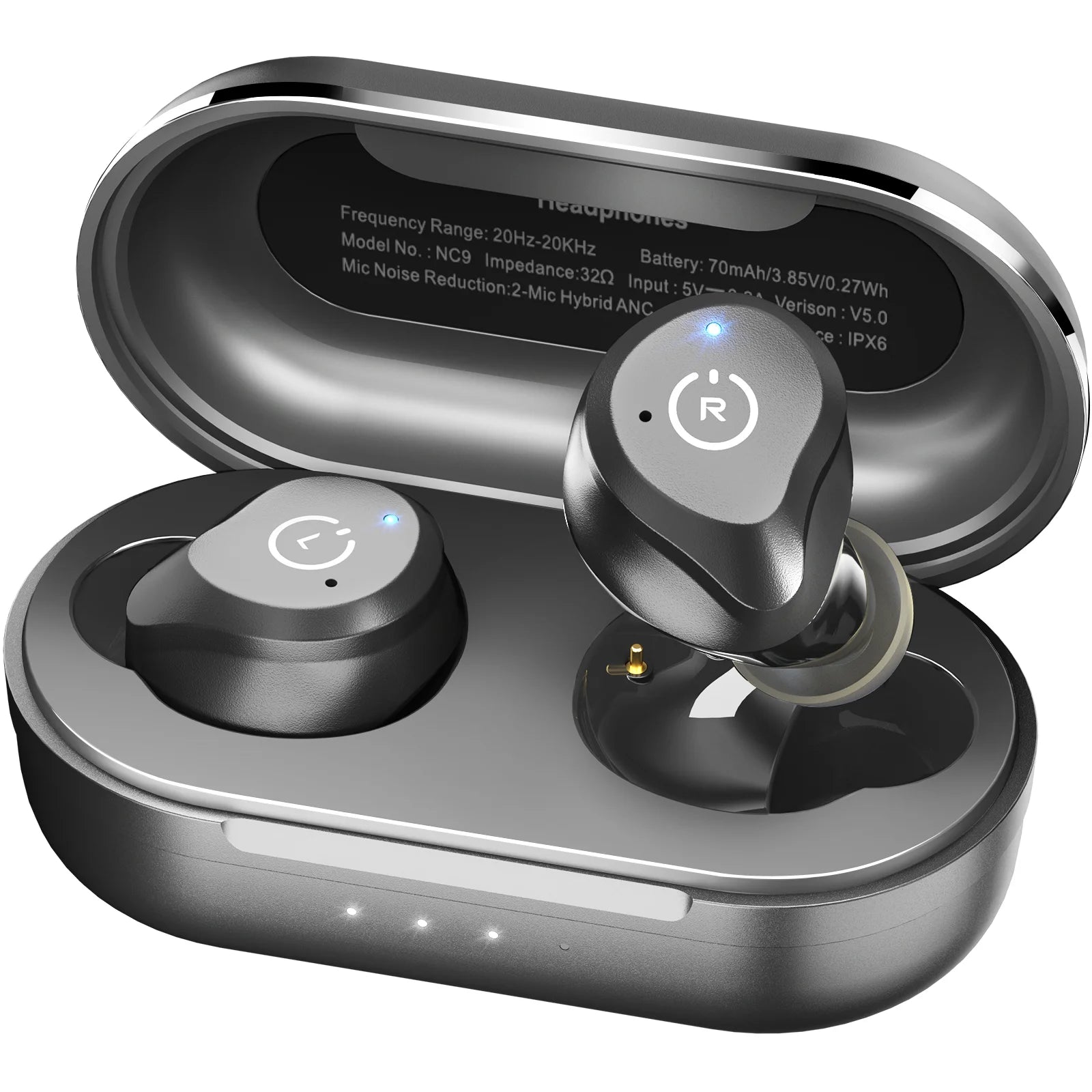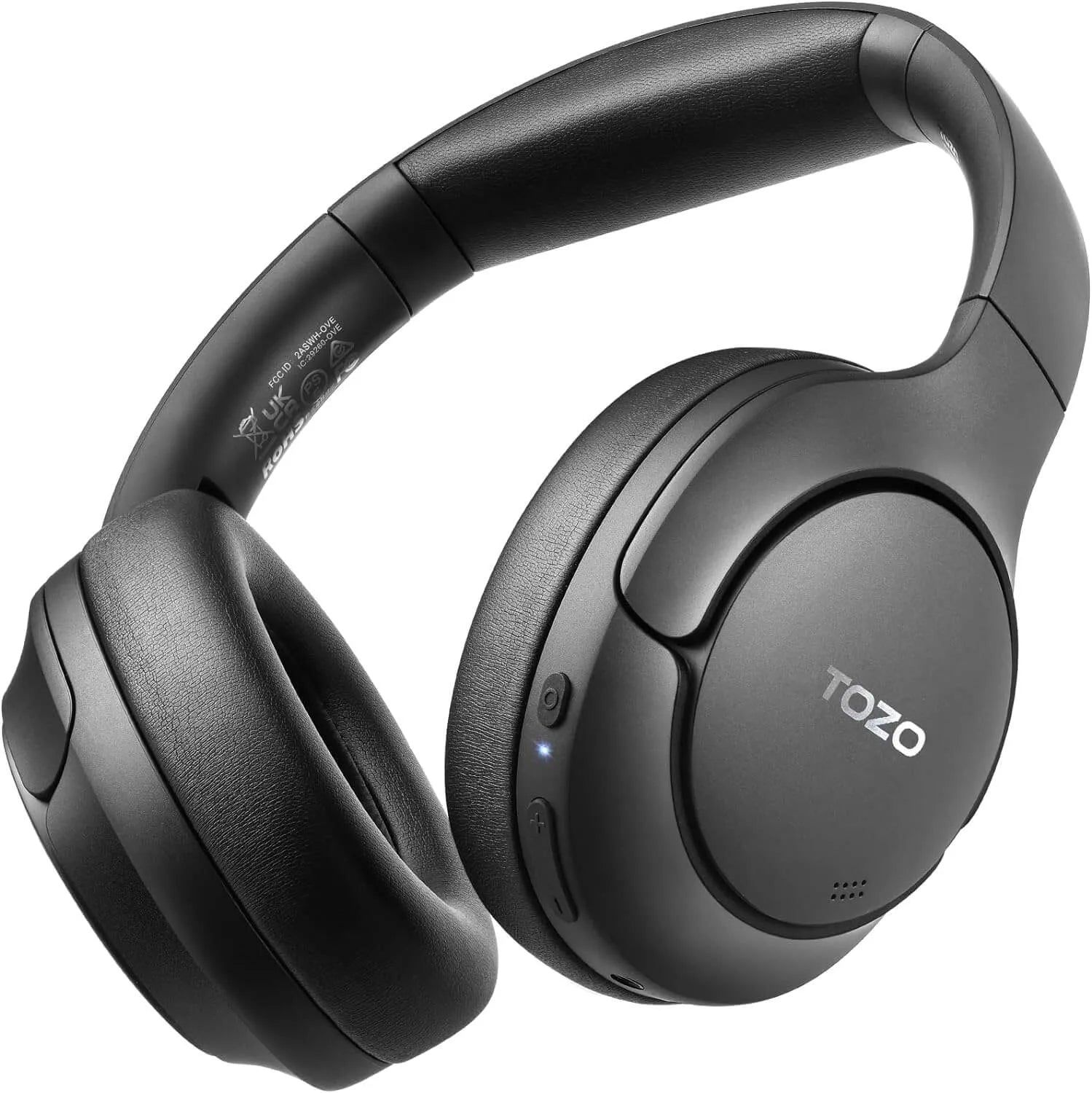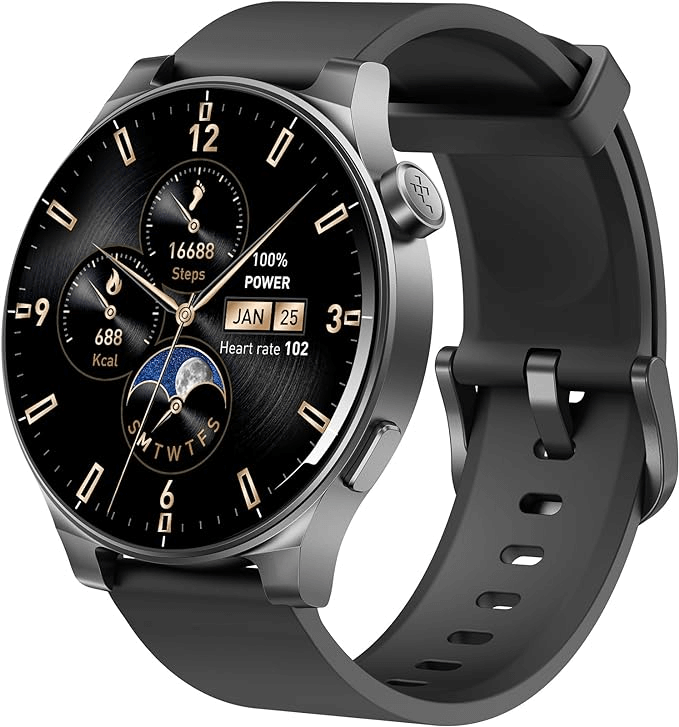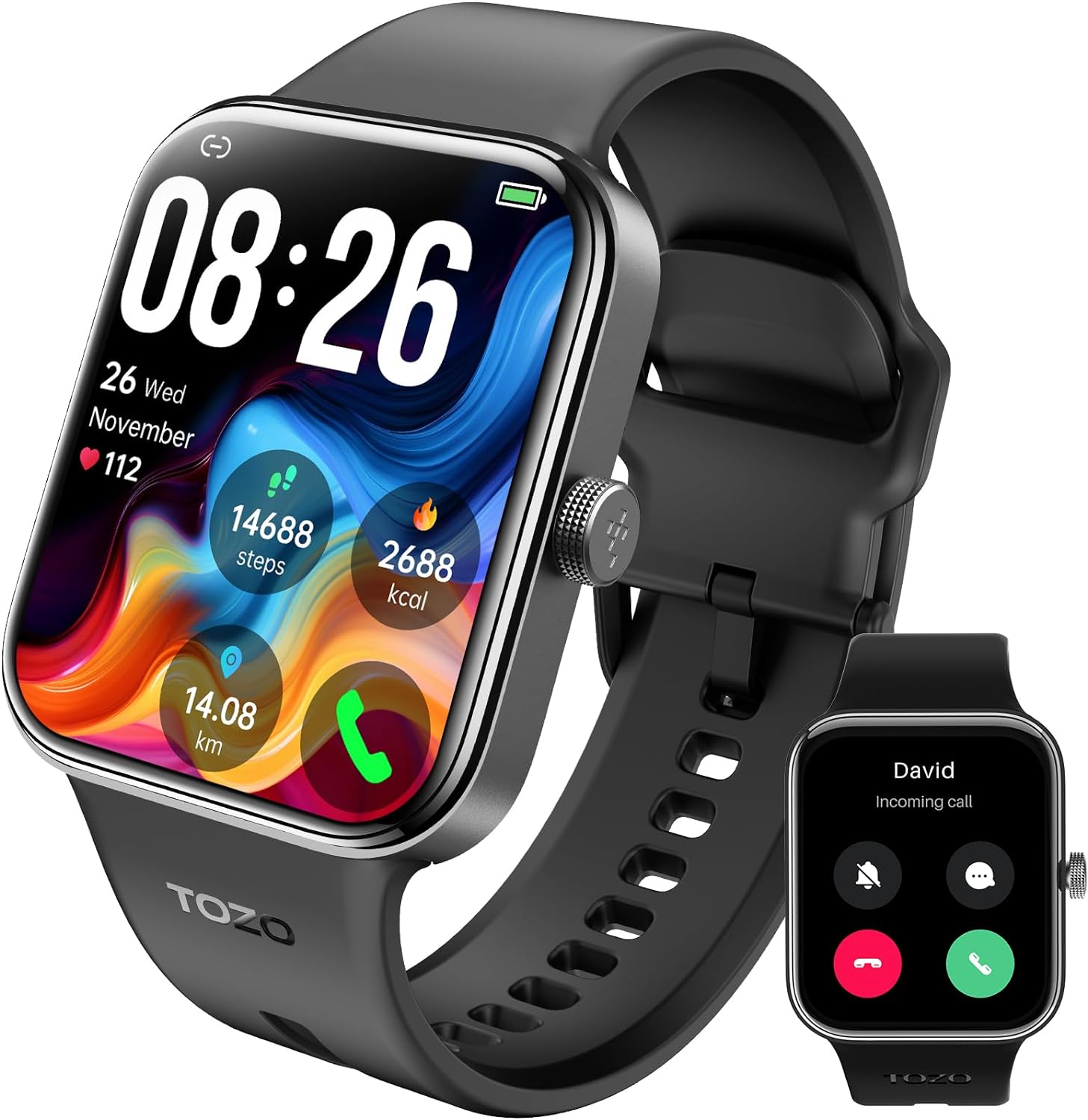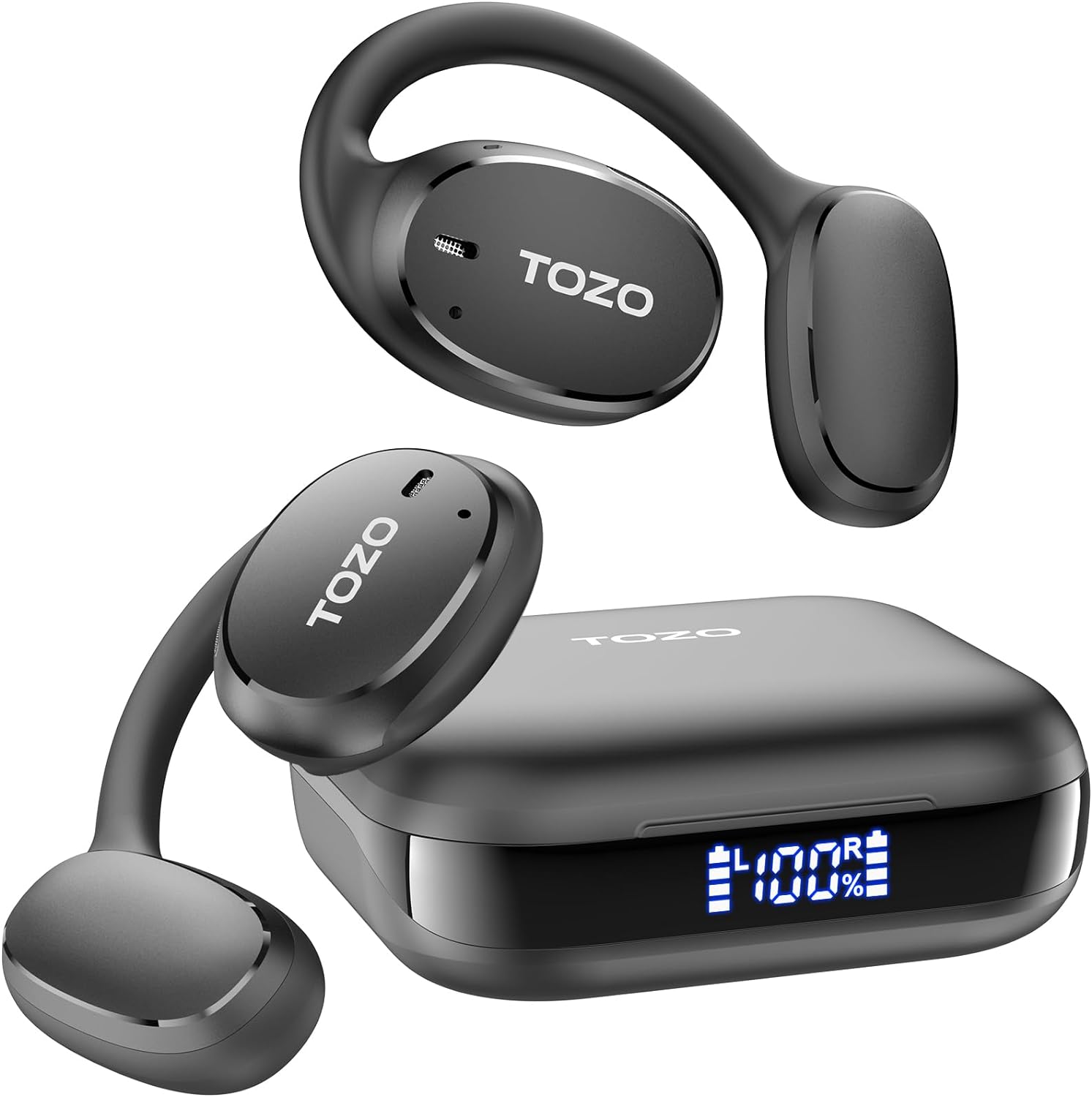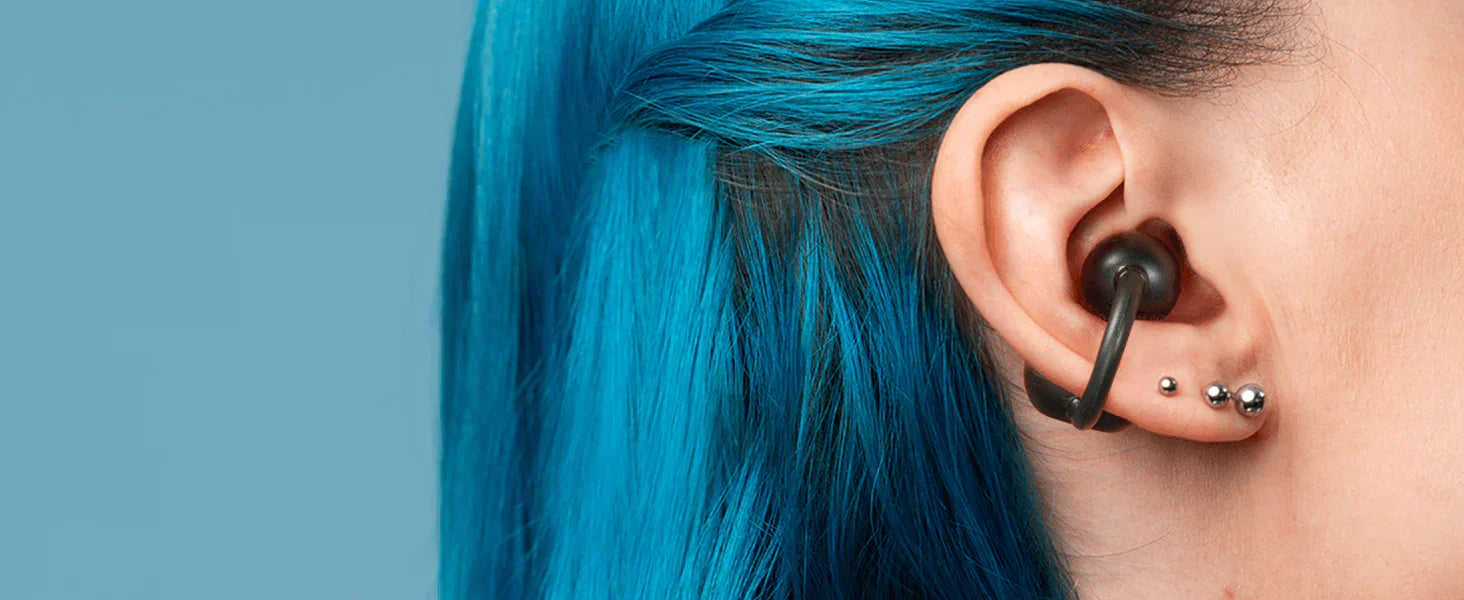When shopping for headphones, you may have come across terms like "active noise cancellation" and "noise isolation." Active noise cancellation and noise isolation are two different things that help block out noise, but they work in different ways. Knowing the difference can help you choose the right headphones for you.
This article compares two types of headphones, explaining their features to help you choose the best one for your listening.

What is Noise Isolation?
Noise isolation refers to passively blocking outside noise. The design of the headphones or earbuds and the materials used achieve this. Noise isolating headphones have ear cups or ear tips that physically block or shield outside noise. The better the seat, the better the sound isolation.
For example, over-ear headphones usually have thick padding that seals the ear and prevents noise from entering. In-ear headphones have rubber or foam ear tips that fit tightly in the ear canal and effectively block outside noise.
Noise-isolating benefits:
- No batteries or electronics required.
- Simpler and cheaper than ANC.
- Effective at blocking high-pitched or sudden noises, such as speech or keyboard clicks.
Noise-isolating disadvantages:
- It can become uncomfortable over time, especially when worn over the ears.
- May not block low-frequency noises (such as engine hum) as effectively as ANC headphones.
What is Active Noise Cancellation (ANC)?
Active Noise Cancellation (ANC) is a feature that uses microphones and electronic signals to block out external noise. ANC headphones contain built-in microphones that pick up surrounding noise. The headphones then generate anti-noise sound waves that cancel out the incoming noise.

This technology works well at cancelling low-frequency sounds, like the hum of an airplane engine or air conditioning. However, ANC headphones require power to operate, usually in the form of a rechargeable battery.
Pros of Active Noise Cancellation:
- Highly effective at cancelling out low-frequency, constant noises like engine sounds.
- Great for noisy environments like airplanes, offices, or busy streets.
- It can provide a quieter, more immersive listening experience.
Cons of Active Noise Cancellation:
- It needs battery power to work, which can be a downside if you're looking for something that lasts longer without maintenance.
- It can produce a slight "hissing" sound when no audio is playing.
- Typically more expensive than sound-isolating headphones.
Key Differences Between ANC and Sound Isolation
We know how each technology works. Let’s check out the main differences between active noise cancellation and sound isolation.
|
Feature |
Active Noise Cancellation (ANC) | Sound Isolation |
|---|---|---|
| Technology | Uses electronics to detect and cancel ambient noise by producing anti-noise signals. | Relies on physical design and materials to block external sounds. |
| Noise Cancellation Ability | Most effective at reducing low-frequency, constant noises (e.g., engine hums). | Better at blocking high-frequency, sudden noises (e.g., voices, keyboard clicks). |
| Comfort | Generally more comfortable for long periods; doesn't require a perfect seal. | It may feel tighter; comfort depends on fit and design. |
| Battery Requirement | Requires battery power to operate. | No batteries needed; fully passive. |
| Price Range | Typically more expensive due to advanced technology. | More affordable; simpler design. |
| Sound Quality | May introduce slight audio coloration due to noise-canceling circuitry. | Offers purer sound quality without electronic interference. |
| Best For | Frequent travelers, office workers, or anyone needing consistent noise reduction in noisy environments. | Commuters, casual listeners, or those on a budget seeking effective noise reduction. |
Noise Cancelling vs Noise Reducing: What’s the Difference?
When shopping for headphones, you may also come across the term noise-reducing. This term is often used with noise-isolating. It doesn’t refer to a specific technology. Noise-cancelling headphones are a type of noise-reducing headphones, but not all noise-reducing headphones have this feature.
Noise-cancelling headphones are better at blocking more sounds, while passive noise-reducing headphones block fewer sounds.
When to Choose Noise Isolation Headphones
If you’re looking for an affordable option and don’t mind less noise-blocking, noise-isolation headphones might be a better choice. They’re also perfect for those who prefer a simple, effective solution without worrying about battery life.
Noise-isolating headphones are best for:
- Commuters or travelers who need to block out some ambient noise.
- Budget-conscious buyers who don’t want to invest in pricier ANC technology.
- People who enjoy listening to music or podcasts in quieter environments.
When to Choose Active Noise Cancellation Headphones
To block constant noise, like engine sounds or talking in a busy office, active noise cancellation headphones are the best option. They’re perfect for environments where you need peace to focus on your music or work.
ANC headphones are best for:
- Frequent travelers, especially those who fly often.
- Office workers need to eliminate distractions.
- Anyone who wants the best possible sound isolation without relying on a perfect seal.
If you're thinking about the type of headphones, you might wonder how earbuds and over-ear headphones are different.Noise-Cancelling Earbuds vs. Noise-Cancelling Headphones: Which Is Right for You? dives into this, helping you figure out which one fits your needs.

Other Considerations When Choosing Headphones
When deciding between ANC and sound isolation headphones, here are a few additional factors to consider:
- Price: ANC headphones are usually more expensive because of the advanced technology.
- Sound Quality: ANC can sometimes cause a faint "hissing" sound, while sound isolation provides purer audio without interference.
- Comfort: ANC headphones are generally more comfortable for long-term use since they don’t require a perfect fit.
Knowing the difference between active noise cancellation and sound isolation can help you pick the right headphones. Whether you like the cool tech of ANC or the simple sound-blocking of isolation, both have their advantages. Think about where you’ll use them, how much you want to spend, and what’s most comfortable for you when choosing.
Both options block noise well, so whichever you choose, you’ll enjoy a better listening experience.























